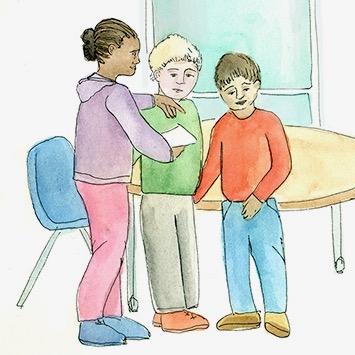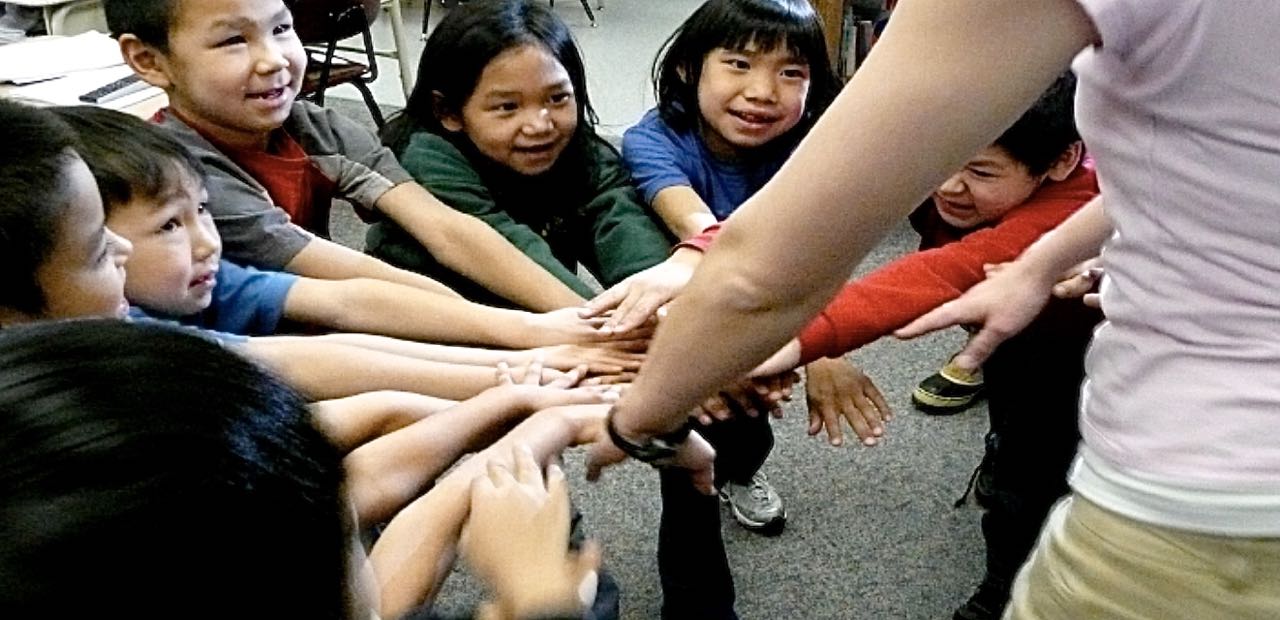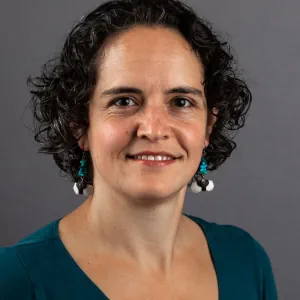
Maressa Jensen, Trauma Engaged Schools Manager
“In every story, there’s strength” is the theme for mental health awareness month this May, and it is true not just for the individuals involved in our schools–students, families, and educators– but for our unique Alaskan schools as well.
Alaska Trauma-Engaged Schools Initiative
For the last two years, AASB Conditions for Learning staff have been working closely with schools in 9 districts across the state to support implementation of Transforming Schools: A Framework for Trauma Engaged Practice in Alaska, published in partnership with AK DEED.
Why is addressing Trauma important?
Trauma-engaged schools aim to alleviate stress for both students and staff in the school environment. High stress increases risk for mental and physical health challenges, and can be a barrier to academic achievement. Reducing stress increases resilience, the capacity to withstand or recover quickly from difficulties, and supports positive mental health.
AASB’s Approach to Trauma-Engaged Schools
As our team has traveled around the state, from Ketchikan Gateway Borough School District to North Slope Borough School District to Lower Yukon School District, we’ve had the privilege of hearing stories of strength and connections in each community, even in the face of significant challenges. And we have witnessed beautiful examples of schools implementing new strategies, or adapting existing community traditions to build stable positive relationships and create a positive sense of belonging, which supports wellbeing for all members of the school community.
Importance of Stable Connections
One key element of a trauma-engaged school environment is predictability. A regular morning routine that emphasizes schoolwide connection is one way to create predictability at the start of the day. This can help make the transition from home to school less stressful because students know what to expect and have an opportunity for a positive connection to start their school day. It is also a strategy that can be easily tailored to schools of different sizes and grade levels.
Examples of School-Based Trauma-Engaged Practices
Houghtaling Elementary — For example, at Houghtaling Elementary, a large K-5 school in the Ketchikan Gateway Borough School District, the whole school gathers for a short community meeting each morning. Taking just 10 minutes of the school day, students and staff members join together in the gym for morning announcements, reciting the Pledge of allegiance, and sharing a daily theme structured around social-emotional learning skills.
Klukwan School — At Klukwan school, a very small PreK-8 school in the Chatham School District, each day starts with a whole school morning circle. The circle time begins with drumming and singing a greeting song in Lingit, the Indigenous language of the community. After the song, students and staff turn to those next to them and offer a greeting and response, also in Lingit. Use of Lingit is widely embedded in the school, and the morning routine is so familiar to all students that when our team member joined the circle, the student beside them turned without hesitation and offered the Lingit greeting. This student then had the opportunity of being the teacher, graciously providing our team member with the appropriate response to complete the greeting in Lingit. After these greetings, morning announcements, including any changes to the usual routine, are shared, and then 1-2 students volunteer to share a joke, embodying the traditional value of humor. Any students who arrive after the circle begins, are welcomed unobtrusively as classmates and staff shift as needed to ensure there is room in the circle for everyone.
Kéet Gooshí Héen — Another example of implementing predictability is found in the recess Peacemakers program at Kéet Gooshí Héen, a large elementary school in the Sitka School District. 5th graders at Keet Gooshi Heen have the opportunity to serve as peacemakers, supporting positive social engagement, and simple conflict resolution support for peers. Peacemakers have a consistent schedule and lanyards to identify them. They are supported with training from the school social worker at the beginning of the year, and each week, they meet for a few minutes before their first peacemaker shift to learn simple variations of circle games. Peacemakers then head out to recess, equipped with whatever pocket prop is needed for the game of the week, and bring peers together. Anyone is welcome to play, and peacemakers make a special effort to invite participation from those kids who may struggle to engage positively with peers in unstructured time.
These are just a few examples of the work happening in schools across the state every day to create a predictable and welcoming learning environment.
AASB Supports
In addition to in-person visits to support these schools, our team offers virtual professional learning communities. These groups meet monthly throughout the school year and provide opportunities for educators to connect with and learn from each other. Every month, participating educators shared their stories, challenges, and successes, repeatedly highlighting that every community has strengths. By connecting and sharing experiences, we can build on those strengths to improve the well-being of students and staff.
Resources for trauma-engaged schools professional learning.
There are many Alaskan resources to help you strengthen your Trauma-Engaged School practices.

